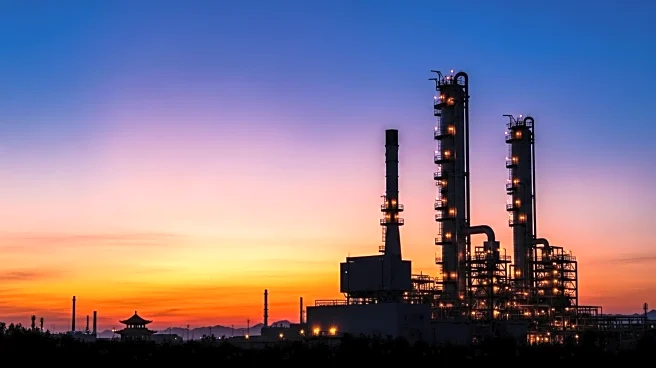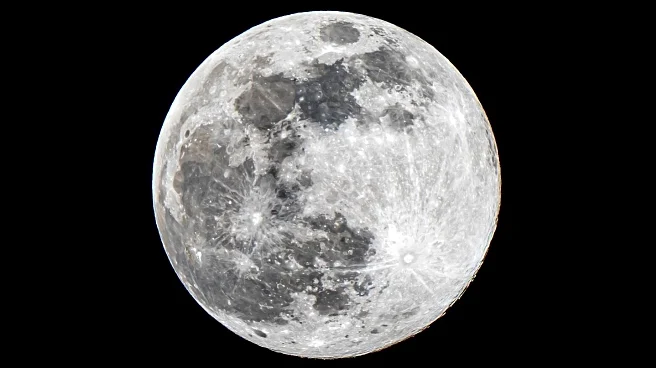What's Happening?
Saudi Arabia has announced a reduction in crude prices for buyers in Asia and other regions following the Organization of the Petroleum Exporting Countries (OPEC+) decision to continue increasing oil production. The state producer, Saudi Aramco, will lower the price of its Arab Light crude by $1 a barrel for shipments in October, selling at a premium of $2.20 a barrel to the regional benchmark. This price cut is larger than expected, as refiners and traders anticipated a decrease of only 50 cents a barrel. The decision comes after OPEC+ agreed to further raise production, aiming to reclaim market share lost to rivals, potentially moving away from its traditional goal of defending crude prices. Aramco is also reducing prices for crude grades to Europe by 80 cents a barrel and lowering most barrels set for the U.S., except for Arab Light, which remains unchanged.
Why It's Important?
The reduction in crude prices by Saudi Arabia signals a shift in strategy by OPEC+ as it seeks to regain market share. This move could have significant implications for global oil markets, particularly in Asia, where refiners may benefit from lower costs amid concerns of oversupply. The price cuts may alleviate pressure on refiners worried about weakening margins. However, the decision to increase production could lead to a potential oversupply, affecting global oil prices. Analysts predict a decline in crude prices, with UBS Group AG forecasting a dip to $62 a barrel by year-end and Goldman Sachs Group Inc. anticipating a drop to the low $50s next year. The ongoing supply increases have not yet resulted in inventory buildups in the West, where key oil-price benchmarks are located.
What's Next?
As Saudi Aramco's crude marketers meet with refiners and traders at Asia's largest energy gathering in Singapore, discussions on contract volumes for the coming year are likely to take place. The larger-than-expected price cut for Asia sends a potentially bearish signal, indicating that the flush market may begin to wane as additional supply comes online. The healthy summer demand supported by travel in the U.S. and Europe, along with domestic needs in the Middle East, has propped up prices in recent months, but this demand is expected to decrease as winter approaches. The market will closely watch how OPEC+ manages production levels and pricing strategies in response to changing global demand dynamics.












